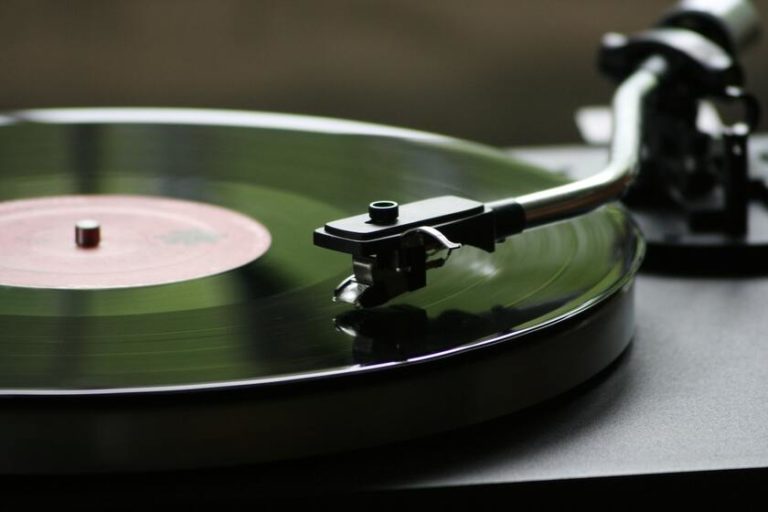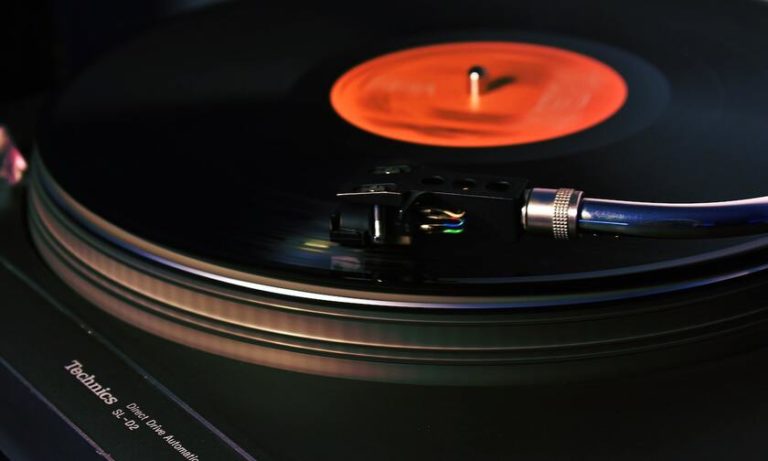What is Psychoacoustic Adaptation?
Psychoacoustic adaptation refers to the phenomenon where the human auditory system adjusts or “adapts” to specific acoustic conditions over time, altering the perception of sound. This adaptation can involve changes in loudness, frequency, or even spatial perception of sound. The auditory system is designed to extract relevant information from an ever-changing acoustic environment, and this adaptability allows it to do so more efficiently.
For example, when you first enter a noisy environment, you may find it hard to focus or understand speech. However, after some time, you find that you can “tune out” the background noise and focus more effectively on the conversations that interest you. This is a form of psychoacoustic adaptation, where your auditory system becomes less sensitive to the unchanging elements (the noise) while focusing on the dynamic elements (speech).
For audiophiles, understanding psychoacoustic adaptation is crucial for several reasons:
- Sound System Tuning: You might find that your perception of sound quality changes over time as you listen to a new audio setup. Knowing that your ears adapt can help you make more informed decisions about equipment or settings.
- Audio Compression: Many modern audio codecs (like MP3, AAC) use psychoacoustic models to compress audio files. They remove the sounds that are likely to be masked by other sounds or those that are less likely to be noticed due to psychoacoustic adaptation, thus achieving higher compression rates without significantly affecting perceived quality.
- Listening Fatigue: Prolonged exposure to certain frequencies or loudness levels can cause the auditory system to adapt in a way that makes listening less enjoyable or even fatiguing over time. Being aware of this can guide choices in audio playback settings or equipment to mitigate these effects.
In summary, psychoacoustic adaptation is a fundamental aspect of how we perceive sound, and understanding it can greatly enhance an audiophile’s experience and decision-making process related to audio equipment and listening environments.







One Comment
Comments are closed.